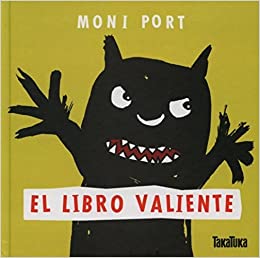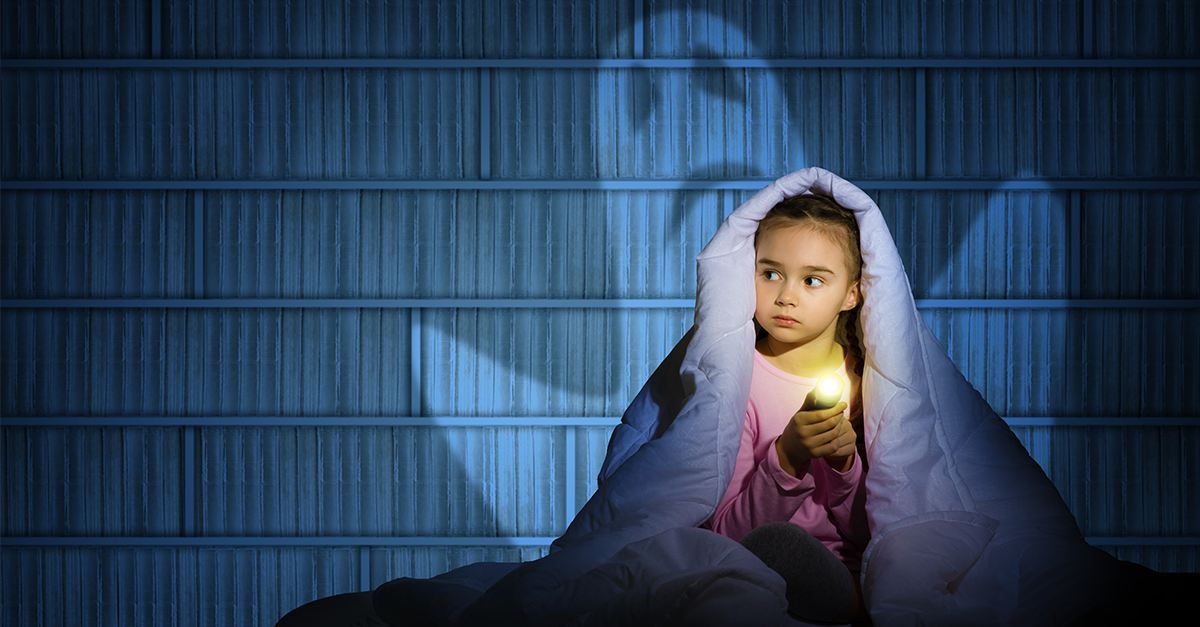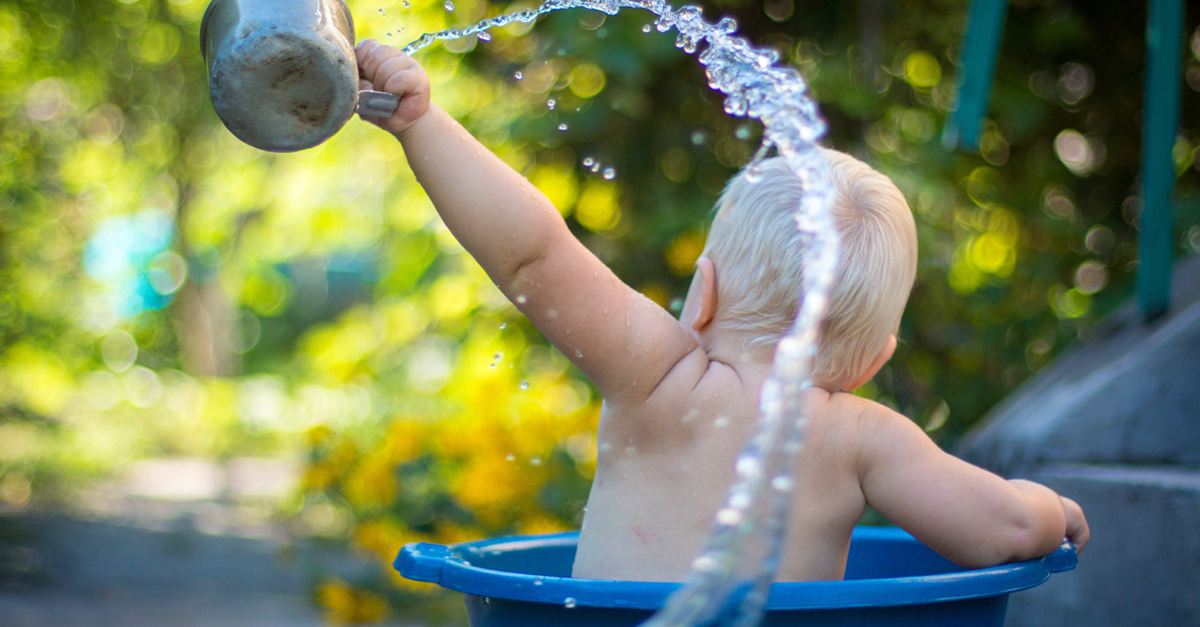Fear has an adaptive function of survival. It is an emotion that we all develop during our lives, and it is manifested in different ways. Fear is an evolutive process that should disappear little by little as it changes.
Some comments on Childhood Fear
- It is normal that children are scared of being separated from their parents, of rare noises, of witches or monsters and, at somepoint, of death. We all go through these phases, it is normal and we are trained to survive in the world around us. But, if some of these fears persist, then we should talk to an specialist. Some examples may be these ones: night terrors, recurrent nightmares, some type of phobia to an animal or to a situtation which doesn’t allow them to do a normal life.
- It is highly contagious, specially when you are young and have to face a new situation for the first time. Kids take a look at their parents or loving ones and wait for their reactions, this way they model fear. It depends on how the rest feel the fear, kids will learn how to deal with it. For that reason, we have to be careful with the exposure in excess to negative or inappropiate information at young age.
- The character and behaviour of parents or role models is very important.
First of all, we should highlight the emotions and feelings that kids give us without look down on their words and moods. We have to think that if our kids tell us that they are scared it’s beacause they are really having a bad time.

8 tips to confront Childhood Fears:
- We should never downplay children’s feelings or try to rationalize with the adult logic. Try to avoid comments like “it is nothing”, “that is nonsense” or “ghosts don’t exist” etc. Fear is not based on logic or rational emotions, it is a real fear to kids.
- We mustn’t reproach it. Fear is necessary and adaptive, as we are going to see, it has some common phases, very general, with more or less intensity, in every kid. We are sure that adult fears can be seen as “weird” by kids.
- We have to help children to recognize the fear as an emotion. Teaching them that fear is something natural and letting them know how it manifests. We help them recognize it as a previous step of outcomming it. We can ask them to tell how does it feelontheir bodies when they feel scared or what thoughts are on their minds at that moment. Talk about the fear itself and not about its causes.
- We should model fear. Name it. This way it will lose strengh. When we call it by its name, we asume it. By putting it into words, we deactivate its irrational part, we bring itinto the comprehensible field and we transform it into something recognizable, which makes it easier to get over. Have a look on the book “Feel The Fear and Do It Anyway”and you will find the steps to follow to embrace the fear, the first step is simply to accept it and feel the fear.
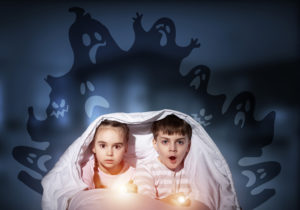
- Against fear, we have to offer security. We can transmit it by phisical contact (hugs, caress, closeness) or by words. The sound of a voice of a loving person or a figure of authority can be a referent for children when they are suffering the ideation of fear, it helps them to relax and recover the calm and anxiety. It is about recovering the emotional balance which has been destroyed by fear, from a calm situation we can affront the causes and strategies to fight it.
- Provide coping strategies. There are no magic recipies, every kid is a new world and we have to learn how its belief system works and its capacity of confrontation, as well as the regulation that children have depending on their age or personality. We assign some powers to dolls, objects or toys to work as placebos, and it usually works. Building up a figure of clay that embodies fear to look at it and then destroy it, is a symbol that helps us to get rid of fear.
- Laugh about fear. When we are happy and we laugh about something, problems disappear. If we can add some humor to the confrontation of fear, then we have achieved a great tool for kids to learn how to make those common fears smaller, as for example the fear of the closet monsters. If we imagine those monsters costumed with fun colored clothes, they are no longer monsters. You can read it in the tale called “Hay un mosntruo en la oscuridad” by María del Mar Saldaña.
- Value the evolution. From time to time, it is interesting to make children aware of their progress and improvements, for them to see the result of their effort to solve the situation and balance their mood.
In Kokoro, we like to make our contribution for outcoming those fears, that is the reason why we have developed stories in our app that may help parents and their children to understand and confront these emotions.
In the following link to our video blog you can read our advice of teaching on emotions.
Stories to confront Childhood fear.
Hay un monstruo en la oscuridad de María del Mar Saldaña. (2016)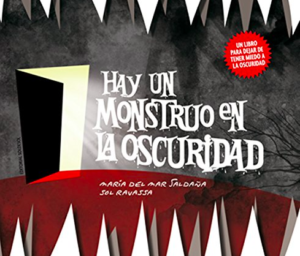
Monstruosa sorpresa de Édouard Manceau. (2015)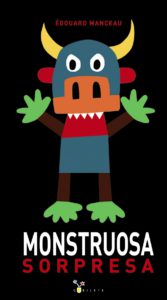
El libro valiente de Moni Port. (2014)